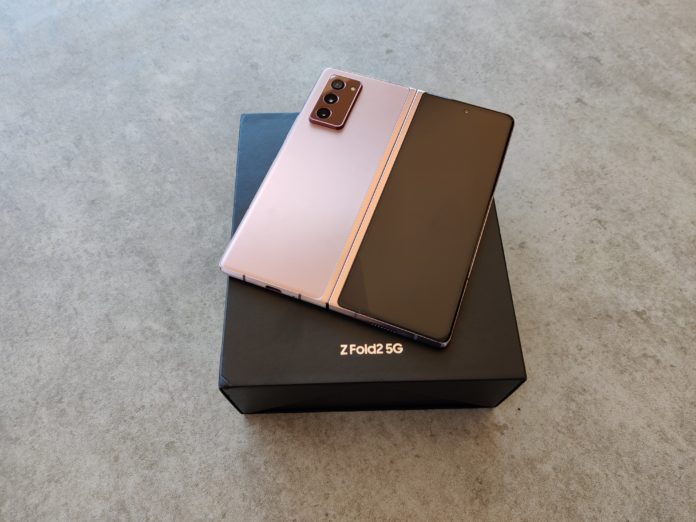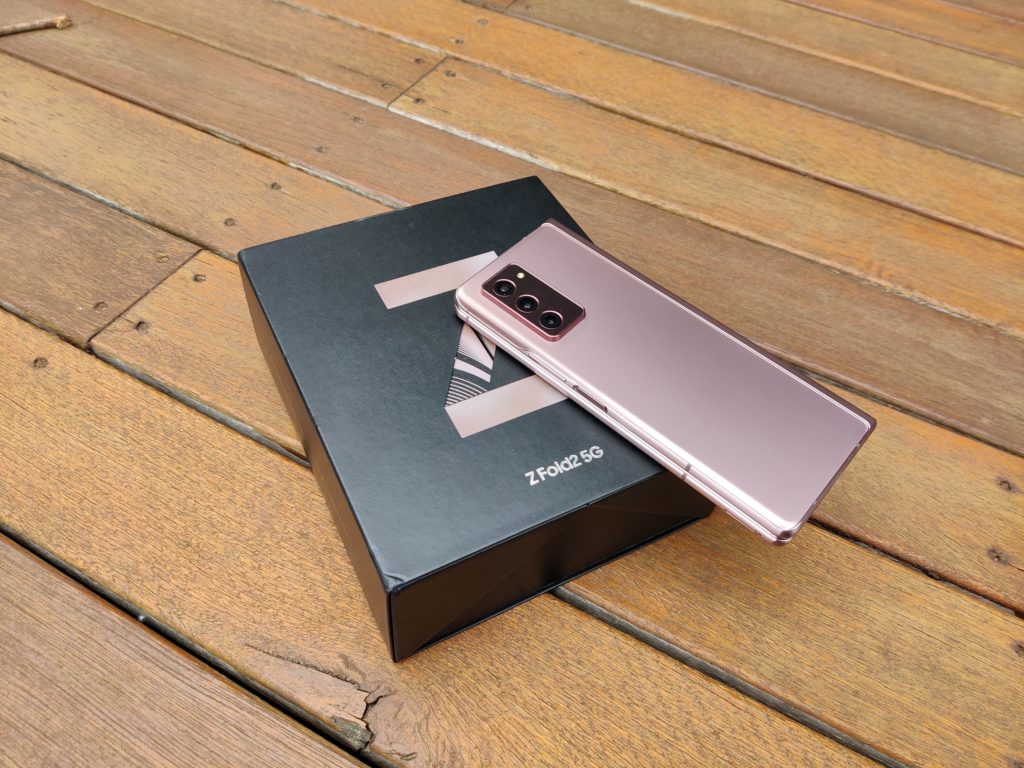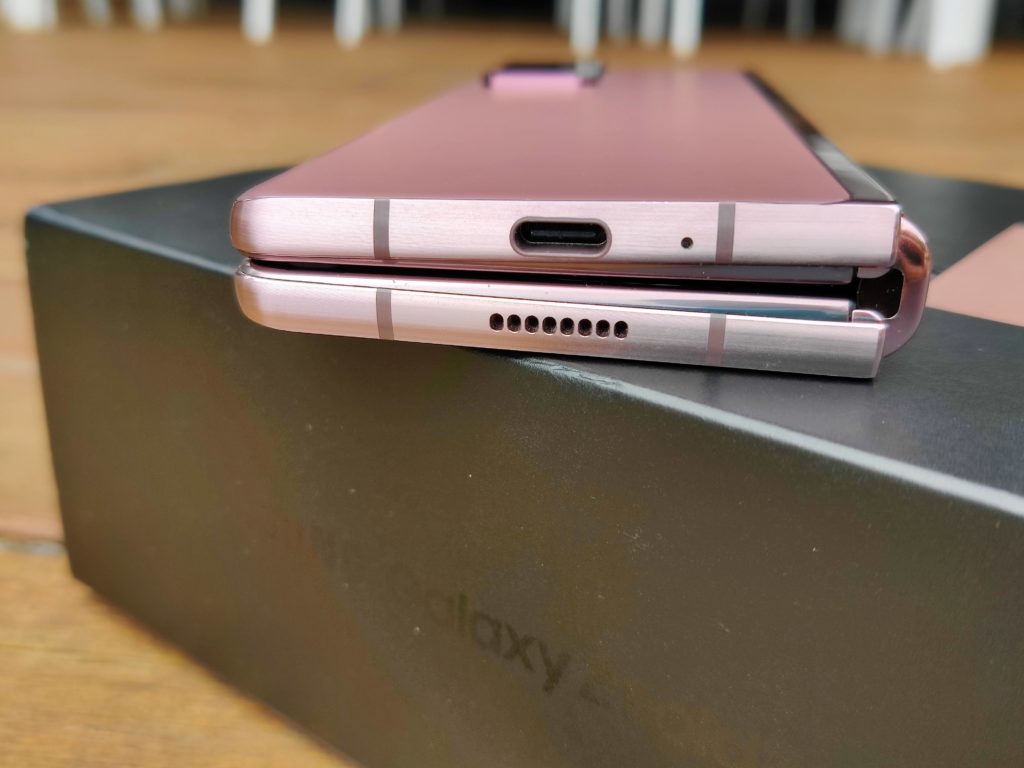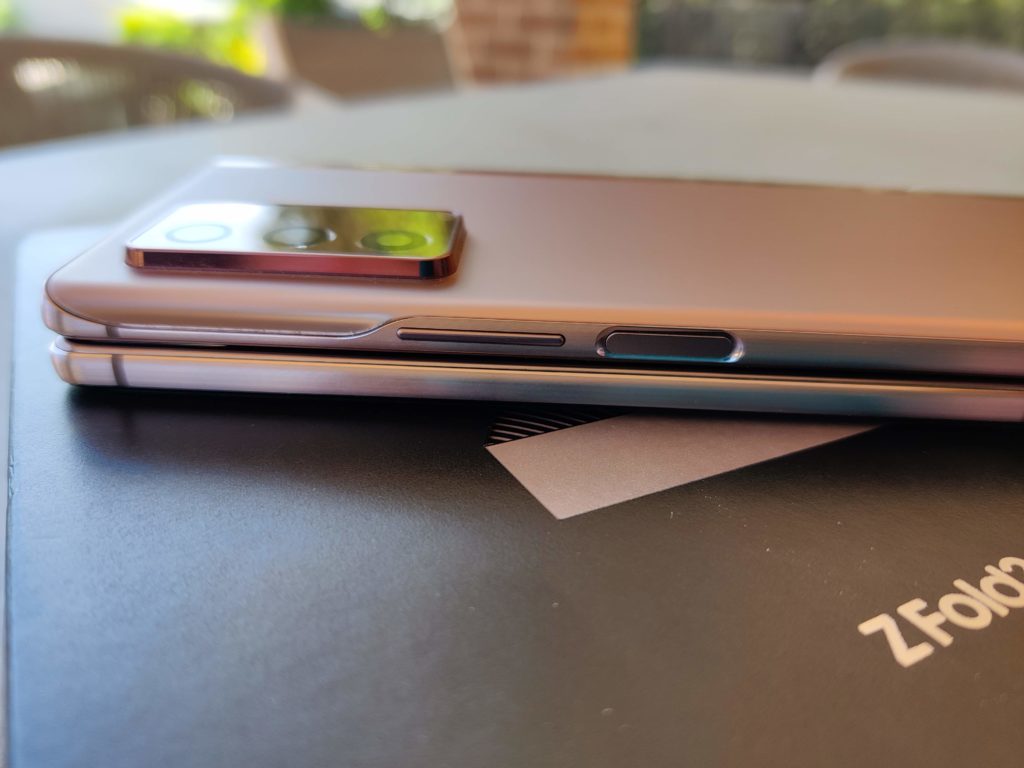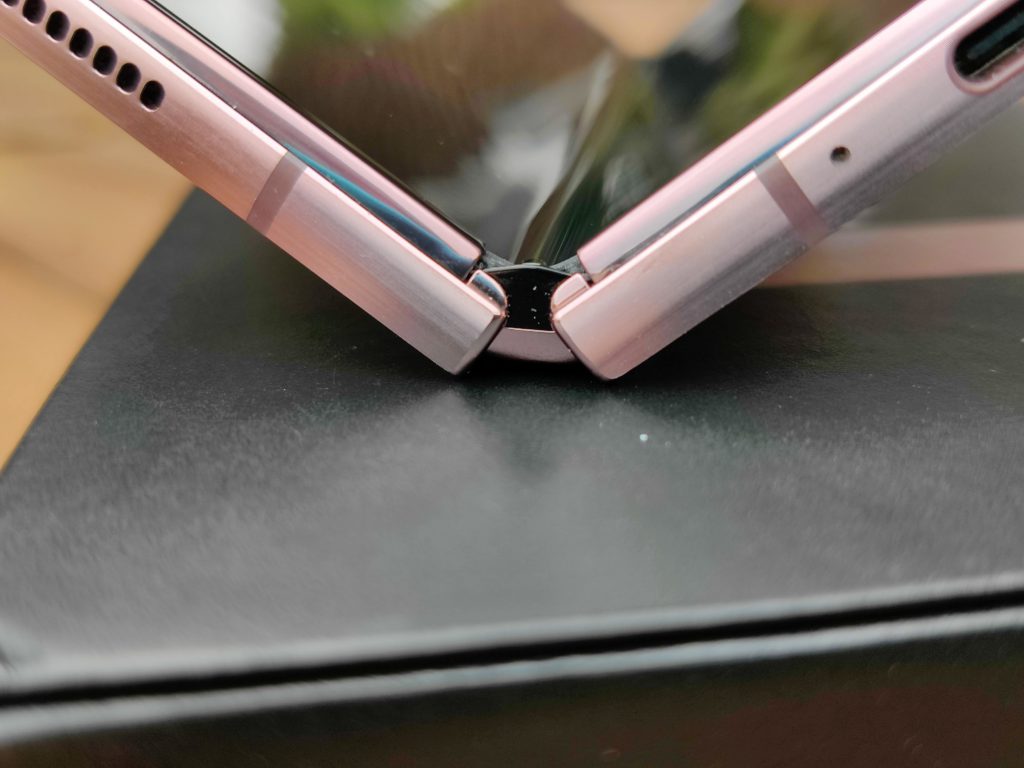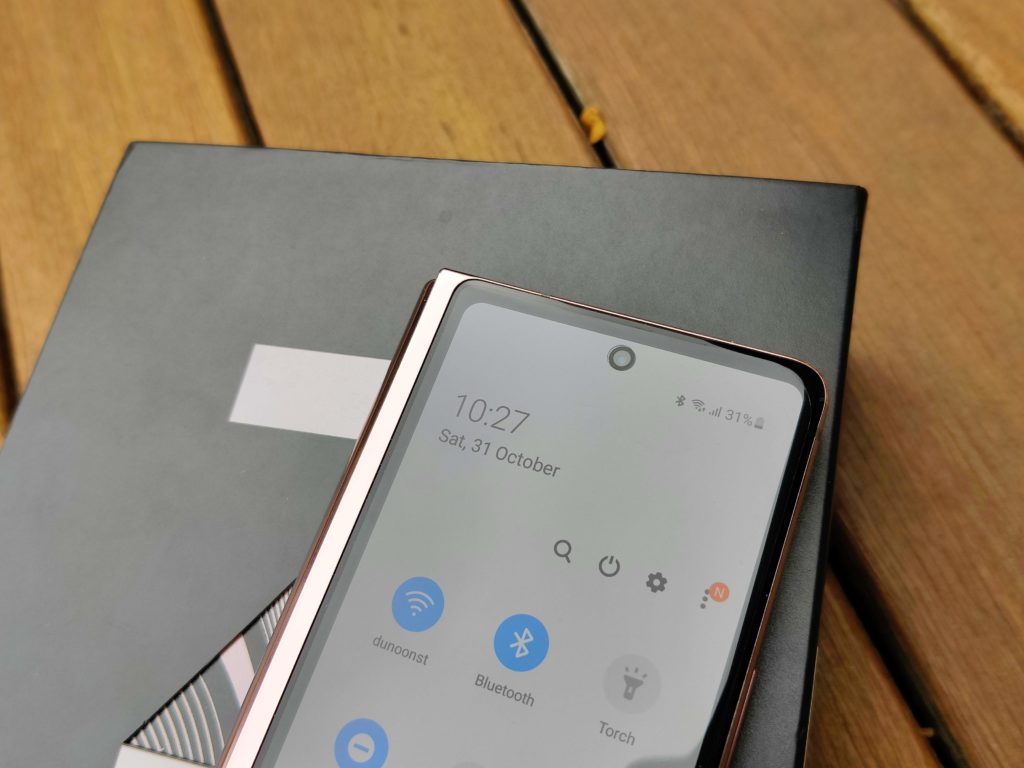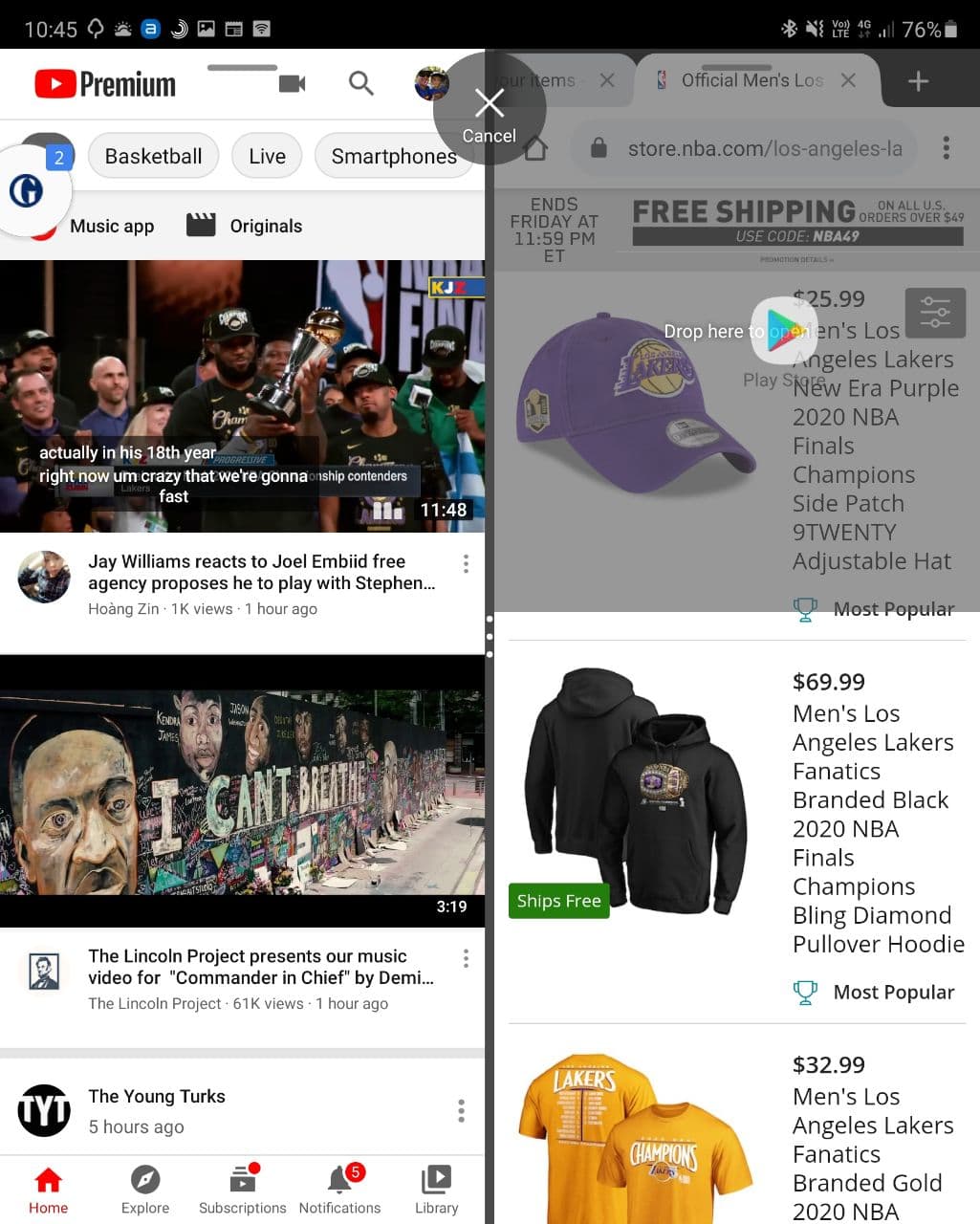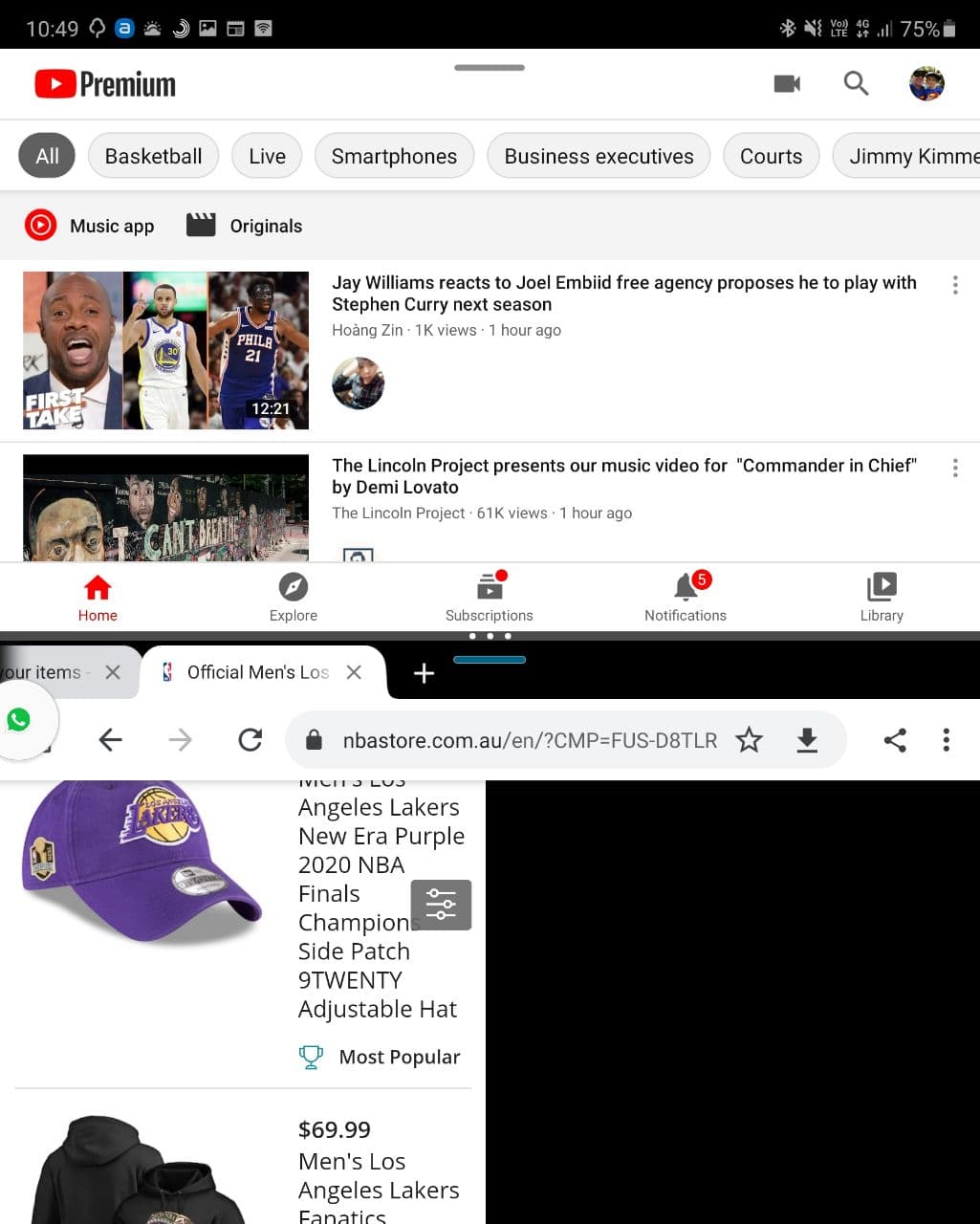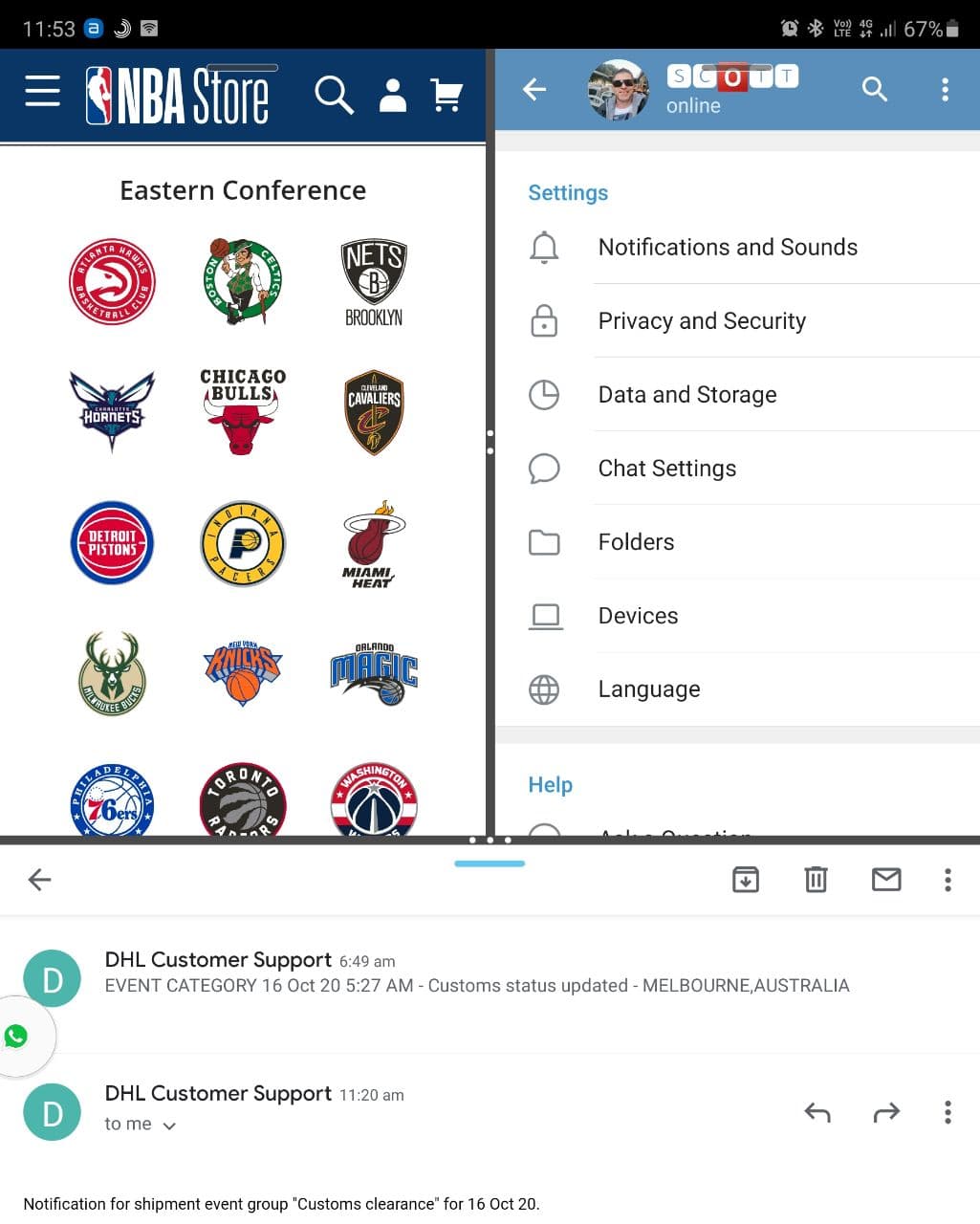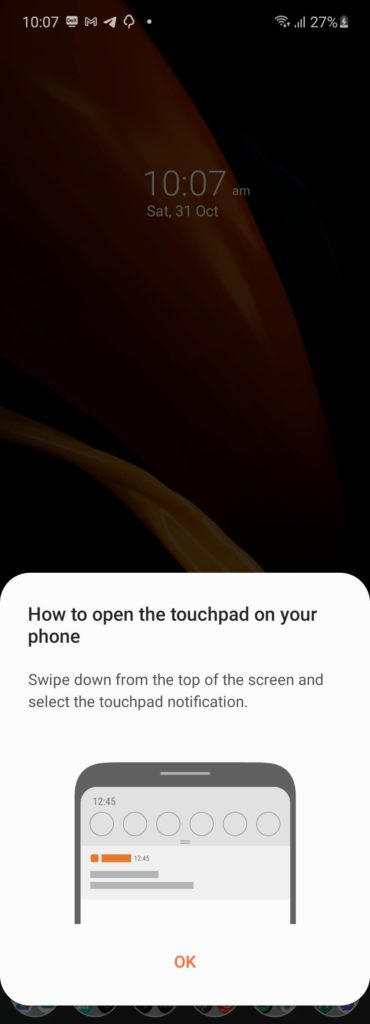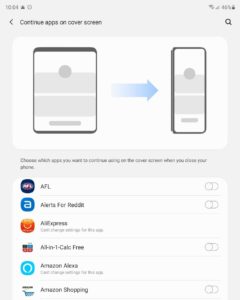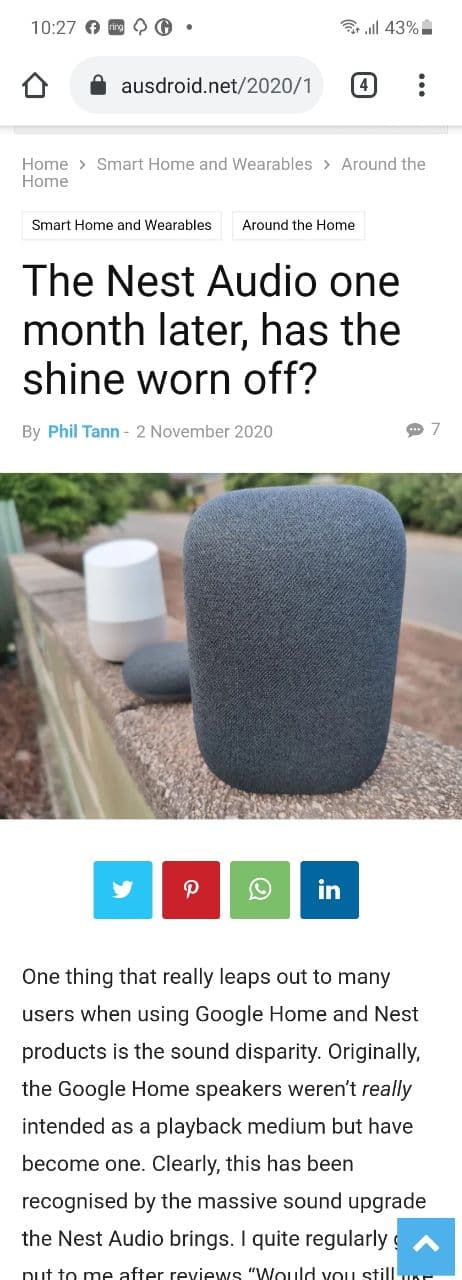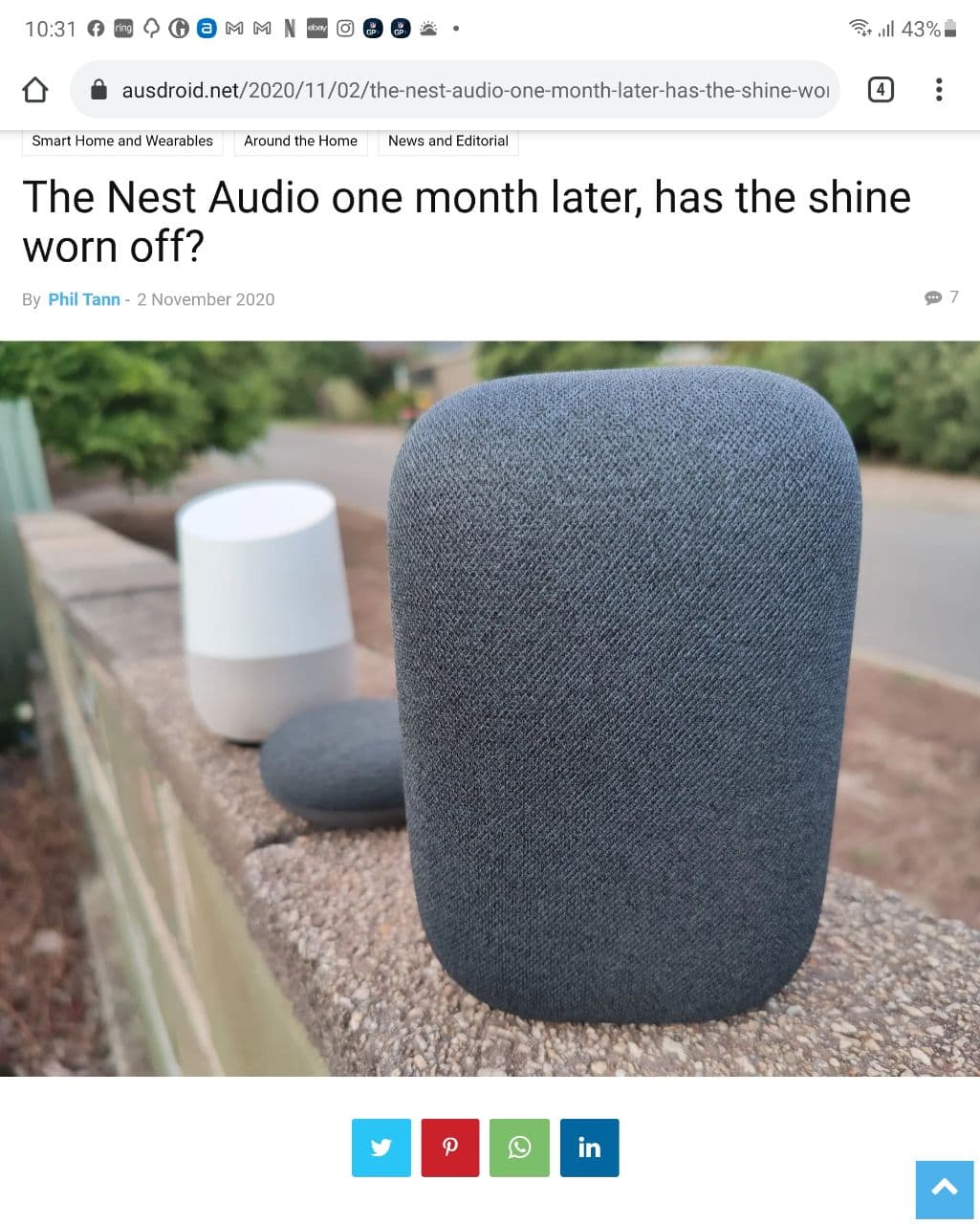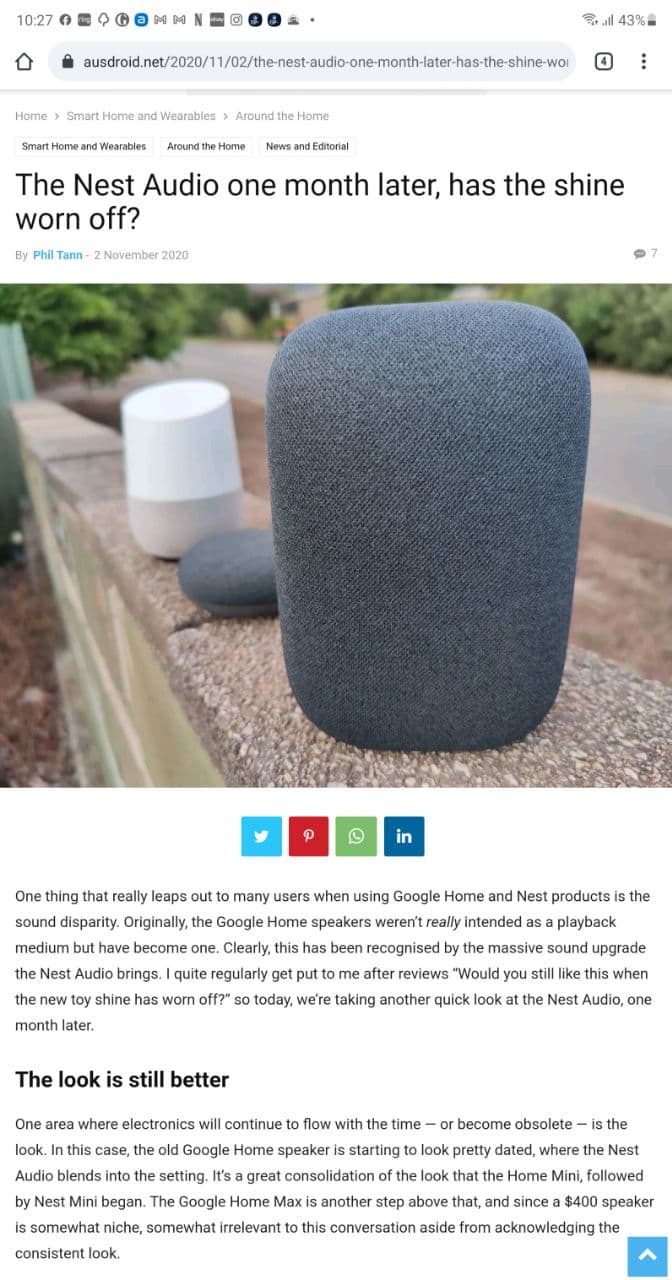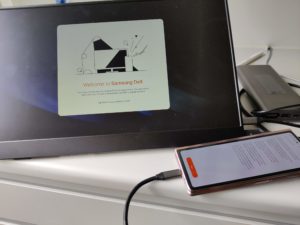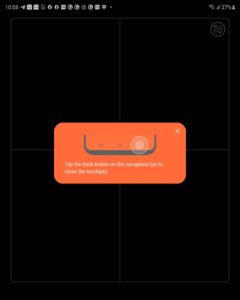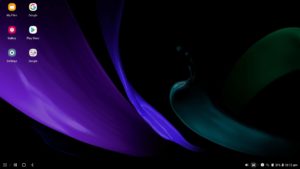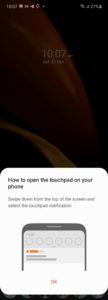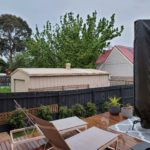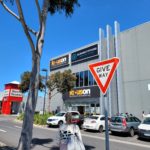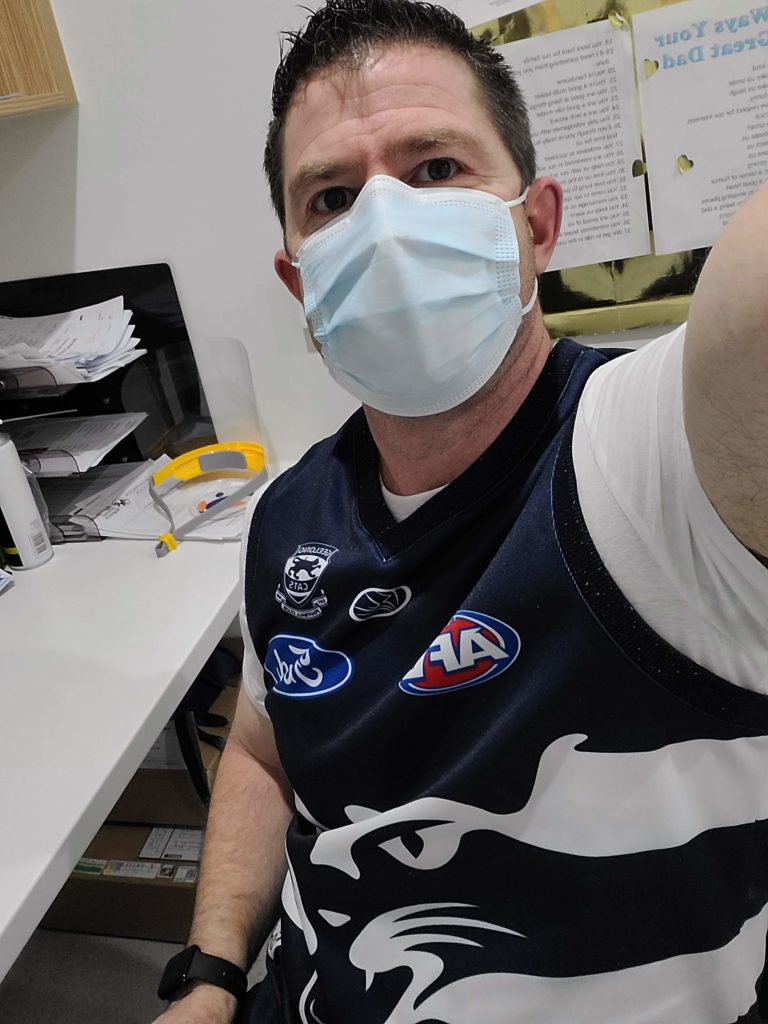Last year Samsung were the first to market with their Galaxy Fold. Although in hindsight this rush to be first to market was a mistake with the first model released being plagued with screen and hinge problems. After a few months of going back to the drawing board it was released and favourably received.
While it still was far from perfect the innovation involved in such a device was not just a gutsy call from Samsung but a sensible one in that if this is the future of smartphones, they now have an advantage over all the other players.
After the eventual success of the first Fold device Samsung have worked hard on improving the first gen device and have recently released the second generation to Australia — the Galaxy Z Fold 2.
The new Galaxy Z Fold 2 looks to improve on all areas over the original fold and given that we loved the first generation we couldn’t wait to take it for a spin. We put it through its paces fairly extensively over the past couple of weeks and have decided we loved it, but will only be recommending it for a select few people. Why is that? Read on my friend.
Design and Build quality
First thing you notice about the Z Fold 2 is its weight and thickness. The phone is essentially two phones stuck on top of each other so you have to expect it to be nearly twice as thick and twice as heavy as a single phone. As such many phone holders, whether its a desk one or a car one may struggle to hold this phone in place.
The outer design of the phone is certainly premium looking. While the hinge takes up a fair bit of the left hand side of the phone the outer display is a huge improvement over the previous version. The new outer 6.2-inch 25:9 ratio display fills nearly the entire front of the phone. The rear of the phone looks very Samsung 2020 with a triple camera module in the top left of the rear of the device.
The outer body of the Z Fold 2 is metal — no doubt adding to the weight of the phone. Open the phone up and you are met with a massive 7.6-inch 120Hz AMOLED display and not much else. Samsung have done a great job with removing the notch that was present in the original fold, replacing it with an Infinity-O hole punch for the second selfie camera.
The overall build quality of the Z Fold 2 feels sturdy and solid. Although there is no IP rating for this phone, and it would be difficult to do so when the hinge obviously prevents that the phone feels as well built as any others I have used.
The hinge
Last year all and sundry were out to test )and prove faulty) the hinge on the Fold. This year Samsung has worked hard on improving the hinge on the Z Fold 2 and they seem to have done an amazing job. The hinge is not loose and easy to open and close but instead feels solid and feels like it will last the test of time.
One thing Samsung have not done is include intermittent lock ranges for the Z Fold 2 like they did with the Z Flip. Sure, with the sturdiness of the hinge you can stop it wherever you want but it wont lock in place at that amount of open/closed-ness. The hinge feels a little bit stiff and at times is not easy to open but that is no doubt deliberate to help the longevity of the hinge.
The hinge does result in a small bump/crease in the centre of the opened display which tbh, is only there if you are looking for it. In every day use I barely even noticed it was there. It is a smooth dip and as such did not affect using the phone at all.
In the end the hinge felt entirely solid, and top quality — as if it could easily stand the test of time. Remember Samsung would have tested this beyond what anyone would ever use it — hundreds of thousands of opening and closing operations before they were happy with it.
The hinge has been dust tested by JerryRigEverything and it passed with flying colours. Now I doubt you will ever find yourself in this situation but it’s good to know that the hinge is reliable under even these dusty conditions. I think it’s fair to say that Samsung seem to have solved the hinge/phone durability issue (which I am sure they will continue to improve over time anyway).
The displays
Let’s start with the outer display. At a 25:9 display ratio the AMOLED display is a basic AMOLED display with a standard 60Hz refresh rate. In the end though this is really only a preview type of screen. If you want to really interact with the phone you will open it up to view it on the massive inner display.
The outer display is near impossible to tap type due to its thinness/display ratio but swipe typing wasn’t too bad. As stated above though, you end up opening the display if you really want to interact with it. The outer display is for quick interactions such as a quick reply or to see notifications. The way I found myself using the phone was mostly using the outer display for quick replies and searches etc. When I wanted to type a long message or view the website in more detail I would open the phone.
The inner display is a massive 7.6-inch 2208 x 1768 120Hz AMOLED display and it is a pleasure to look at. The notch is gone, replaced with that hole punch which you don’t even notice being there due to the size of the display. We discussed the dip in the display and yes it is there but in nearly all use cases you really don’t notice it being there.
The inner display is not glass covered — while it is made of an extremely thin glass it is covered in a plastic coating. This is the only negative I could find with the display. I am one who always removes the plastic screen protector from a phone as I prefer the touch sensitivity and experience of skin on glass. The finger didn’t glide across the display as it would on a glass display but if you are someone who always keeps the plastic screen protector on your phones then this won’t bother you at all.
The inner display is decent for media consumption but given my usual phone is an OPPO Find X2 Pro with a massive display the media was not that much bigger than that on the OPPO. Websites though is where it excelled.
Sidebar: Right before the pandemic started I had my right eye Lasik treated. Then everything was locked down in Melbourne. Then when they opened a couple of months later and was set to go into get the other eye done I tore the retina in the other eye (I’m old) and once it had healed from the surgery we have been locked down so have not had the other eye fixed yet.
So who cares you might say? Well, my vision is currently not perfect so when viewing websites I often have to squint to read it properly (or put on my glasses which have a single lens in them). This is where the larger display came in extremely handy. I’d start reading a site on the outer display, then want to read it better I’d open up the phone and bang it would be open on the big double inner display.
Not only is it great for myself with current poor eyesight, it it just a much nicer experience reading websites on a wider display. Chrome even uses tabs on the Z Fold 2 as it does on desktop making it easy to surf multiple sites.
Hardware
Let’s face it, as long as Samsung do the basics with the internal hardware they mean very little when compared to the hinge and display quality when it comes to this phone. Samsung have certainly not missed anything though and have included the most up to date Snapdragon processor (865+), a whopping 12GB of RAM and 256GB of storage (there is no microSD support here this time though).
Add in wireless charging and a 4,500mAh battery which does surprisingly well considering the size of the display it needs to power. I had it extremely comfortably lasting a full day. You can of course leave it on a wireless charger during the day to keep it topped up if that is your want. Personally though I did not need to and that is with the large amount of media I was consuming (NBA finals etc).
One negative was the fingerprint sensor. Instead of an in-display sensor Samsung have placed the fingerprint sensor in the power button on the side. I have seen other companies such as realme do that this year in their mid-range phones but for some reason they were more accurate and reliable than the Samsung version. Aside from the MANY accidental touches of the sensor it often took more than once press to not only locate the button properly but to get it to unlock the phone.
There were a lot of times when the phone told me I’d already had five unsuccessful attempts and thus needed to use my passcode. Most of these were due to accidental touches from just picking up the phone. I assume an in-display fingerprint sensor was not used because they’d need to put on on the inside display and one on the outer display for it to be functional at all times.
Folding Software
The Folding form factor opens itself to so many specific software enhancements and it seems that Samsung have only just scratched the surface with the Folding software included. Considering though that it is a technology and form factor in its infancy the software included is great.
The main one used is multi-window. Using the Edge Panel you can select some of up to 22 of your favourite apps to display. Even following the instructions on the Samsung website the learning curve for using multi-window is incredibly steep. After eventually figuring it out it was incredibly handy to be able to have multiple apps open and viewable at once — especially for someone like me who consumes a lot of media.
Other notable pieces of software includes the ability to use the rear camera, yes that triple lens rear camera system, for selfies. As you would expect the result is a much better image than that taken with a single lens selfie camera.
Another camera enhancement is that while the Z Fold 2 is open you can put the phone into “Capture View” mode which throws the image you have just taken over to the left hand side of the display while still being able to take more shots with the camera which is still active on the right hand side of the display.
I would like to see a lot more apps support Flex mode where you have the media/content on the top half of the half-folded device and navigation on the bottom half of the display — you could always use multi-display to achieve this with a different app displayed but not with the single app.
All of the big players in the app world such as Gmail, messaging etc all automatically fill the display once opened when the apps were opened on the front display. Smaller name apps give you the option of continuing to operate the app in a skinny 25:9 mode on the opened wide display or to close the app and have it open again filling the entire display.
One example of this is Chrome. I’d begin reading content on the 25:9 outer display and then open the Z Fold 2 and viola it’s open large automatically making it easier to read. This was fantastic and something that basically makes the Folding form factor totally worth it.
Samsung’s One UI installed is based on Android 10 and although One UI has improved over the years but the version on the Z Fold 2 just seems to lag more than on a normal phone. It is possible that some of the specific folding tweaks included have not had the time to mature and be optimised as much as that on phones.
Answering phone calls on the Z Fold 2 was a nightmare. If the phone is open it will not let you answer a call until you close it. In doing that I’d close the phone and either accidentally hang up on the call or it’d disappear of the display and I’d have to try and find it by swiping down the notification shade. I missed many calls because of this. Samsung really need to make this a lot more seamless — but then I only had two weeks with the phone and I dare say you could get used to the answering reaction/process to have it work all the time.
Dex
Dex was going to be the next big thin when it was announced — the PC in your pocket. Unfortunately it hasn’t ended up being that. Although it is improved and no longer requires any specific hardware its uses are limited still. Are you really going to sit down, get out a Bluetooth keyboard and mouse (or you can use the Z Fold 2 as your mouse/touchpad), plus it into a display and start operating it? Unlikely — by the time you do all of that you could have easily gotten out a laptop, even a Surface Go 2 and done it all on a better productivity OS.
Dex worked but I’m not sure I’d use it for much — maybe to play movies on a bigger display.
How’s the camera?
You would expect that on a $3000 phone you would find the best camera available. Unfortunately it seems that Samsung have spent too much of their money on the display and hinge because the camera is not their best.
The rear camera module included houses a 12MP main lens, a 12MP telephoto lens and a 12MP ultrawide lens. For $3000 we would expect something more in the line of the Galaxy Note 20 Ultra or the Galaxy S20 Ultra — see the table below for comparisons in the camera hardware of the Z fold 2, the Note 20 Ultra and the S20 Ultra.
The camera, although it does not have the best specs available, still functioned adequately. Should a camera on a $3000 phone be better than adequate? Yes but then when you buy this phone you are not buying it for its camera, you are buying it for the other multitude of features.
You can checkout the images below for the quality of images you can get from this camera — definitely good enough for a vast majority of people. For those who love selfies, using the rear camera for selfies adds a lot more functionality and options for your selfies.
Where to from here?
The Galaxy Z Fold 2 is a sign of the future. Phones are getting bigger because we all consume more media as a rule. The fold will allow for bigger display without increasing the footprint of the phone in the pocket. Sure its bulky but the build quality is much improved this year.
Next year I hope that Samsung include their best possible camera in the phone — it is the most expensive, put in the best. It would also seem like a good idea for a design aimed at enterprise to include an S-Pen — this year’s display is too thin to support an S-Pen but maybe technology will improve enough in the next year or two to allow the inclusion of the stylus.
So who is this for?
Let’s face it, the Galaxy Z Fold 2 is an expensive phone and thus is not for many people at all. For folks in enterprise and business who’s company’s pay for their devices this may be perfect. The wider screen and massive multi tasking capabilities make it perfect for getting business done while on the go.
The Galaxy Z Fold 2 is a phone and a tablet in one — while you would think the display of media would be much larger than a standard large candy bar shaped phone it is not so don’t go buying it based on media consumption only.
This phone is one hell of a flex though and although in my eyes foldables are the future of smartphones I just don’t think it is there yet. The software is still a bit janky and needs more optimisation for folding hardware but that will come with time — we know that Google are working closely with Samsung to include folding options into AOSP.
If you have a lot of money and love to live on the edge — the Z Fold 2 is one hell of a phone. It has an above average display, an above average camera but in the end you are paying for the innovative hardware. I loved the Galaxy Fold 2 and found it great for everyday use but would find it difficult to justify paying nearly $3,000 for it.
If you have the money and like the idea though I encourage you to have a close look at it. Head into your local electronics store or Samsung Experience centre and play with it, I dare say you will not be disappointed — in the end the innovative hardware and experience wins out over some of the smaller software frustrations.

